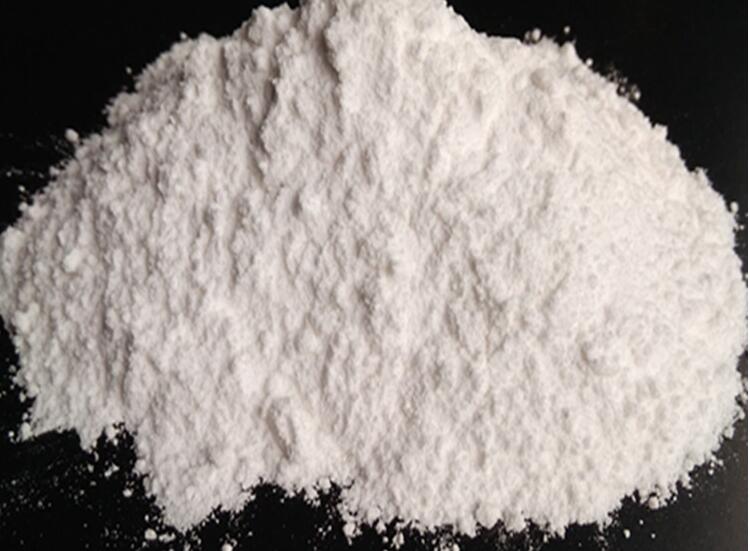Calcined layered magnesium aluminum hydroxide/polyethersulfone composite membrane: preparation and performance study of highly efficient bromide ion adsorption materials

At the intersection of environmental science and materials science, it is of great significance to develop new and efficient adsorption materials to treat harmful ions in water and wastewater. The calcined layered magnesium aluminum hydroxide/polyethersulfone composite membrane has great application potential due to its excellent adsorption performance, especially in the removal of bromide ions.
Preparation process overview
Preparation of layered magnesium aluminum hydroxide (LDHs)
Using magnesium nitrate and aluminum nitrate as precursors, layered hydroxide precipitates are formed by coprecipitation.
After washing and drying, impurities are removed and constant weight is obtained.
Calcination treatment
Calcination is performed within a specific temperature range to enhance the thermal and chemical stability of LDHs.
Preparation of composite membrane
Polyethersulfone (PES) is selected as the substrate and composited with the calcined LDHs by physical or chemical methods.
Films are prepared by molding techniques such as casting and extrusion.
Adsorption performance study
Static adsorption experiments are carried out to evaluate the adsorption capacity, rate and selectivity of the composite membrane for bromide ions.
The adsorption process is analyzed using kinetic and isotherm models to reveal the adsorption mechanism.
Key technical points
Calcination conditions: Precisely control the calcination temperature and time to optimize the LDHs structure.
Composite membrane structure: Adjust the porosity, thickness and surface characteristics of the composite membrane to improve the adsorption efficiency.
Adsorption mechanism: In-depth study of the interaction between the composite membrane and bromide ions, such as electrostatic attraction and coordination.
Experimental results
The study shows that the calcined layered magnesium aluminum hydroxide/polyethersulfone composite membrane exhibits efficient adsorption of bromide ions, with high adsorption capacity and fast adsorption rate.
The composite membrane exhibits good selectivity under specific conditions and can be regenerated by simple treatment, with potential for practical application.
The preparation of the calcined layered magnesium aluminum hydroxide/polyethersulfone composite membrane and its adsorption of bromide ions provide a scientific basis for the development of new and efficient water treatment materials. This material has broad application prospects in fields such as seawater desalination and industrial wastewater treatment, and is expected to become an important tool for environmental governance.








